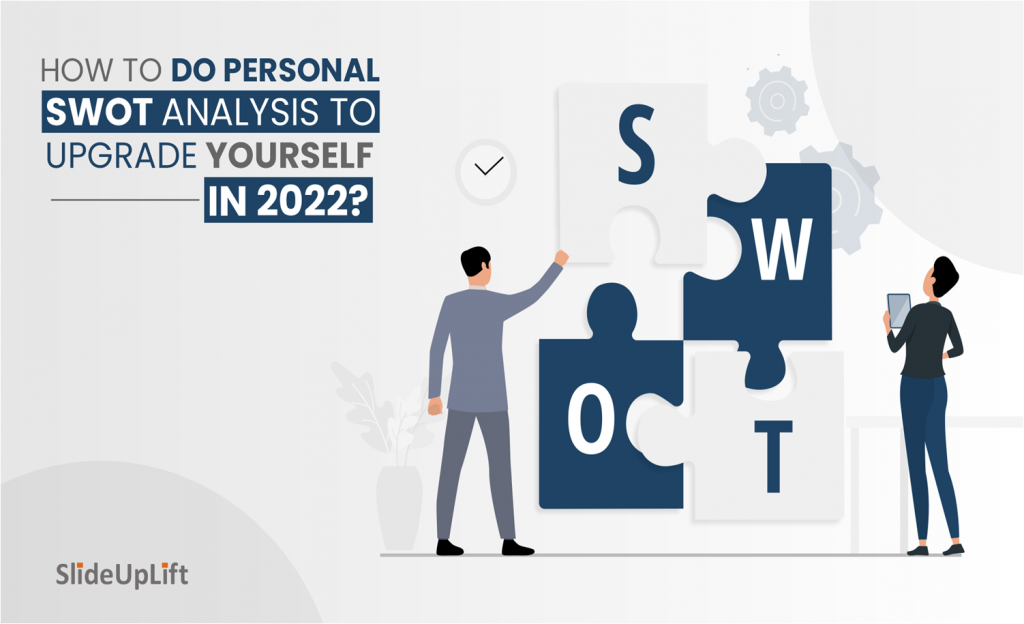How many times have you been asked in an interview, “What are your weaknesses?”
Many individuals become nervous by this question because they are concerned that it leaves the door open for inference about them and improves the chances of rejection that no one wants in an interview.
So, What’s The Best Answer For This?
When you think about it, any weakness never stands alone. It is frequently a side consequence of a strength you have, and it provides an opportunity.
For example, a tendency to micromanage generates a natural strength of underlying rigidity, concern about getting things right, and a desire to see your colleagues succeed.
Strengths and opportunities should constantly balance out your flaws in order to present your personality in a balanced manner while positioning you positively.
This also shows a lot about your self-awareness and maturity, which can be a huge difference in a competitive recruitment environment.
So, how can you prepare for such an encounter?
The solution is to build a personal SWOT analysis! In this blog, we will look at how you can improve yourself in 2022 by conducting a personal SWOT analysis.
What Is A Personal SWOT Analysis?
SWOT analysis basically stands for Strengths, Weaknesses, Opportunities, and Threats. A personal SWOT Analysis is an excellent tool for organizing, prioritizing, planning, and communicating your personal development.
It is essentially a story you tell about yourself. It’s a good idea to back up your statements with examples or to include one or two external viewpoints while telling this narrative.
How to do Personal SWOT Analysis?
To begin, it is good to set aside some quiet time for reflection and introspection in order to build a personal SWOT analysis. Starting early and allowing yourself plenty of time is a smart idea since it’s difficult to build a clear story about yourself when you’re short on time. You may already have a plethora of data points on yourself based on performance reports and appraisals.
If this is the case, spend some time going over the content and searching themes. If you are still in the early phases of your profession, search for a colleague or acquaintance you trust, go into a quiet room and ask them for their advice.
Even better, if you have a number of individuals you trust, to obtain a second opinion for a truly complete picture. Let’s get started on your personal SWOT Analysis. To begin, divide your diagram into four areas.
Check out SlideUpLift’s SWOT analysis templates and free ppt templates that can give you very good starting points. You’ll also find some real-world examples to obtain ideas from in these templates.
1. Your Weaknesses
This is the place to begin!
Surprised? However, here’s why it could make sense. Weakness is an excellent place to begin since it clarifies thinking by concentrating on your flaws and makes you feel more human.
This also provides grist for thoroughly considering and framing your strengths. As strengths are frequently the inverse of your weaknesses. Furthermore, many of us are unduly critical of ourselves and may have preconceived notions of self-improvement.
Remember that accepting your flaws does not have to be a soul-crushing activity. Even CEOs are on a self-improvement path; being conscious of one’s weaknesses demonstrates self-awareness.
We have listed some helpful suggestions to get you started:
- Do you find it difficult to speak up in the presence of demanding people?
- Do you really need to master public speaking?
- Do you place too much emphasis on deliverables?
- Do you suffer from a fear of failure?
- Do you desire too much agreement?
- Are there any functional skills lacking from your toolbox?
These are only suggestions and real examples to help you frame your own. Please feel free to use any of them if any of them to find your weakness.
2. Your Strengths
Some of us, believe it or not, genuinely struggle with this. The question that many get stuck on is:
What am I particularly skilled at?
How do I know that my strengths will be valued by others?
Let me tell you something: don’t overthink too much; keep it simple. Consider the pointers mentioned below before you start.
- Consider everything you excel at, including specialized knowledge and talents that serve the company.
- Consider your important accomplishments, such as successful projects and campaigns, and consider what made them successful. For instance, how successfully you communicated and delegated, your functional strengths, and your ability to strike relationships.
- What other personal practices have served you well? For example, are you able to remain cool under duress? Are you good at interacting with others? A good listener?
Are your strengths the inverse of your weaknesses? This is necessary to guarantee that you are telling your narrative as a person.
- Your inability to talk in the presence of domineering folks may indicate that you wish to remain calm and avoid adding to the heat those others may produce. You attempt to find another method to express oneself in those instances.
- Worrying excessively about deliverables may stem from a desire to secure organizational success. It just increases personal stress while reducing organizational stress.
- Your desire to be inclusive has led you to seek too much consensus. It may cause delays, but it produces more solid results.
Make sure to sprinkle a couple of these types of strengths throughout this section to balance out your shortcomings.
3. Your Opportunities
The opportunity area is a concept that discusses how your persona may affect the company, initiatives, people, and so on. This is where you take your own narrative and apply it to the larger picture. Below are some valuable tips that you must remember:
- For example, if you are strong in Project Management, your ability to operate in a systematic manner might open up prospects for you to make an effect in any sector.
- Your ability to get along with others may go a long way toward fostering camaraderie and good energy. These are necessary factors for strong leadership abilities.
- Your ability to remain cool under pressure might lead you possibilities to work in a variety of scenarios characterized by a lack of organization and tension.
4. Your Threats
You’ll need to identify any external hurdles that are standing between you and your goal of success in this last section of the personal SWOT analysis. Here are some of the most important questions that you must ask yourself:
- Are any of your peers hindering your progress? Is there somebody in the team that is making your work more difficult? How may you tackle this issue constructively?
- Examine yourself in relation to your teammates. Are you being overshadowed by a more outspoken or ambitious coworker? What are you going to do about it?
- Is the industry moving forward due to new procedures or technology, and your lack of training means you’re falling behind? Consider how you can make this right.
The threat area is all on personal awareness and having a forward-thinking attitude. So make use of this part. If you have instances to back up your arguments, that’s even better.
Also, keep in mind that these examples do not have to be actions taken at work. Don’t keep something amazing like rescuing a puppy on the side of the road to yourself!
Wrapping It Up
A personal SWOT Analysis is an excellent approach to explain your narrative and convey your entire persona to the interviewer. When done properly, this can help you stand out in a competitive pool by demonstrating strong self-awareness and open-mindedness.




